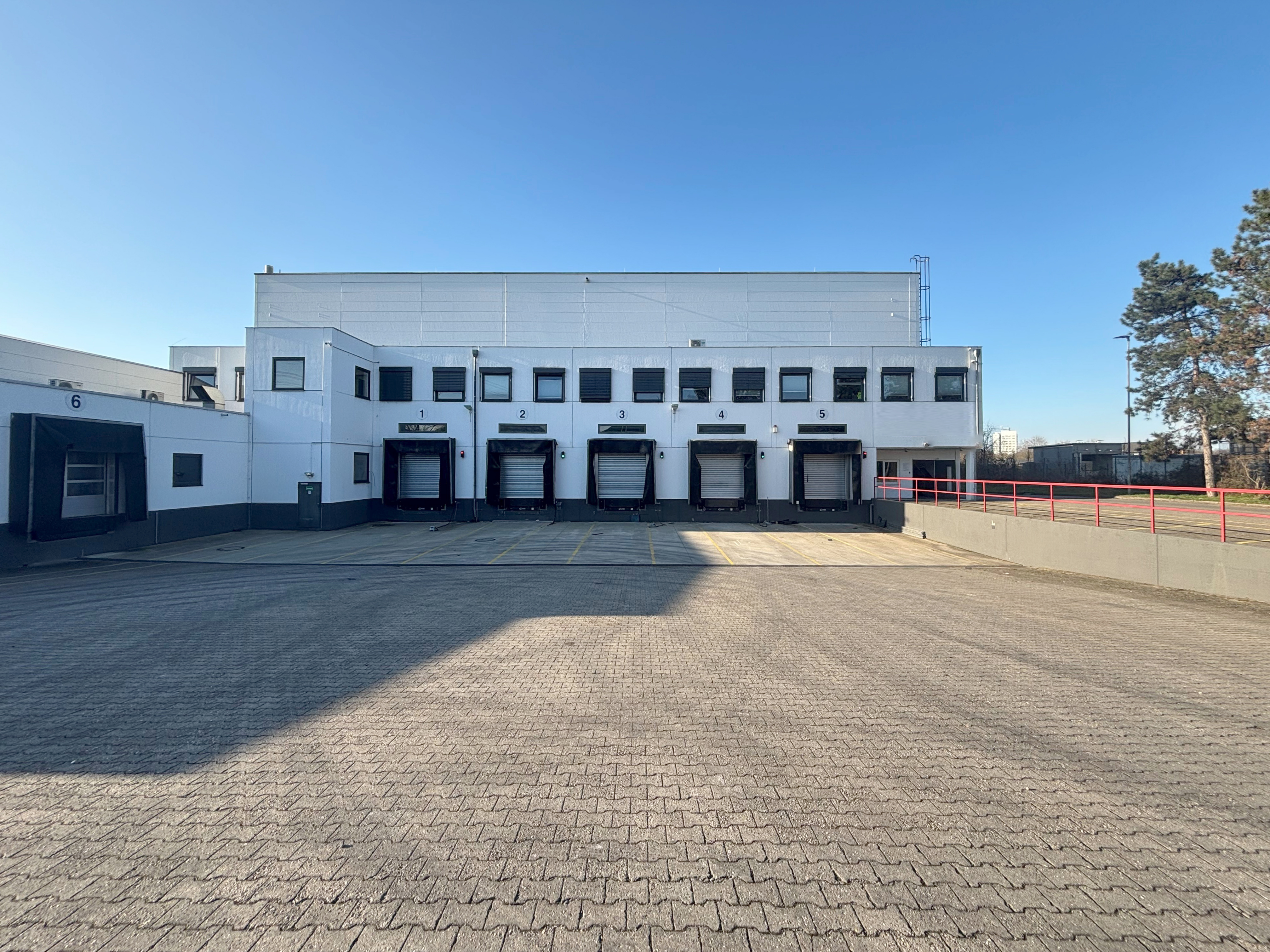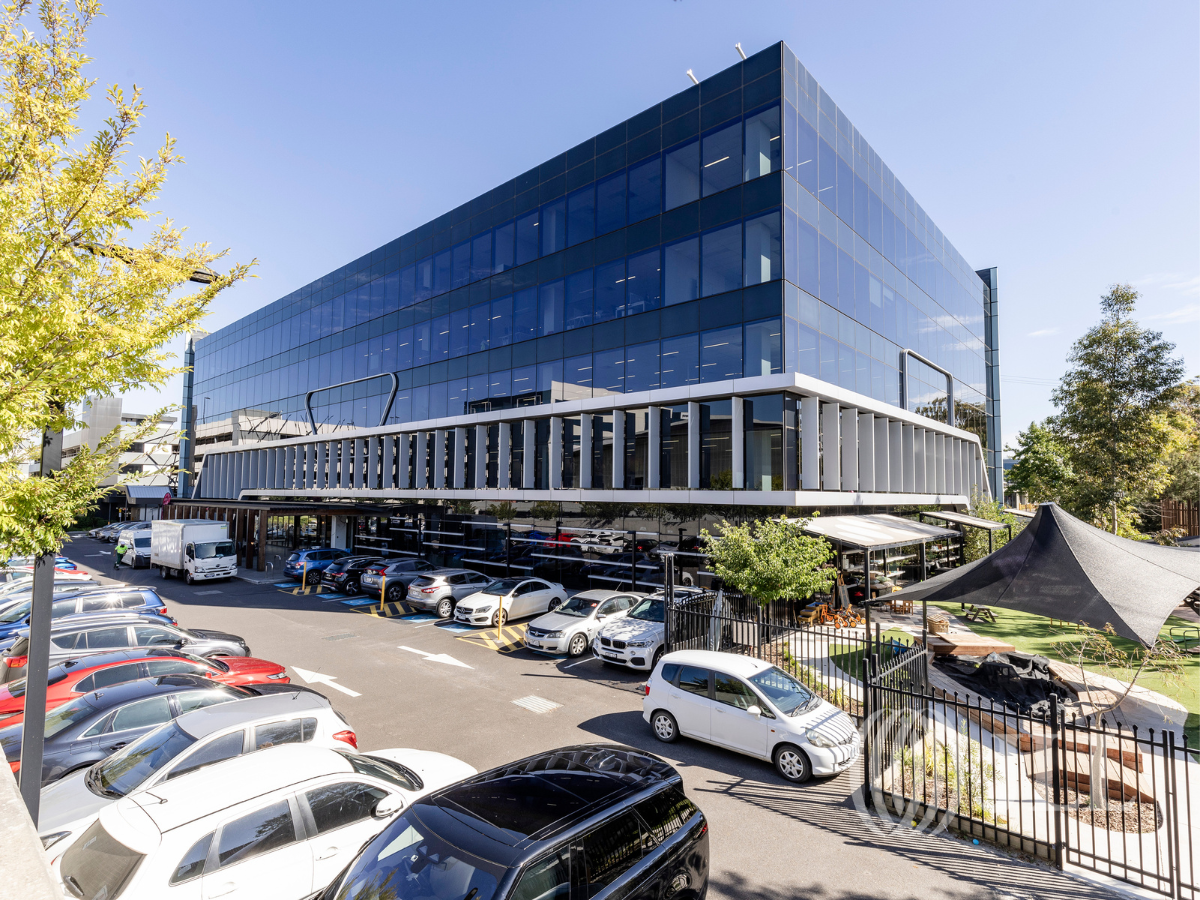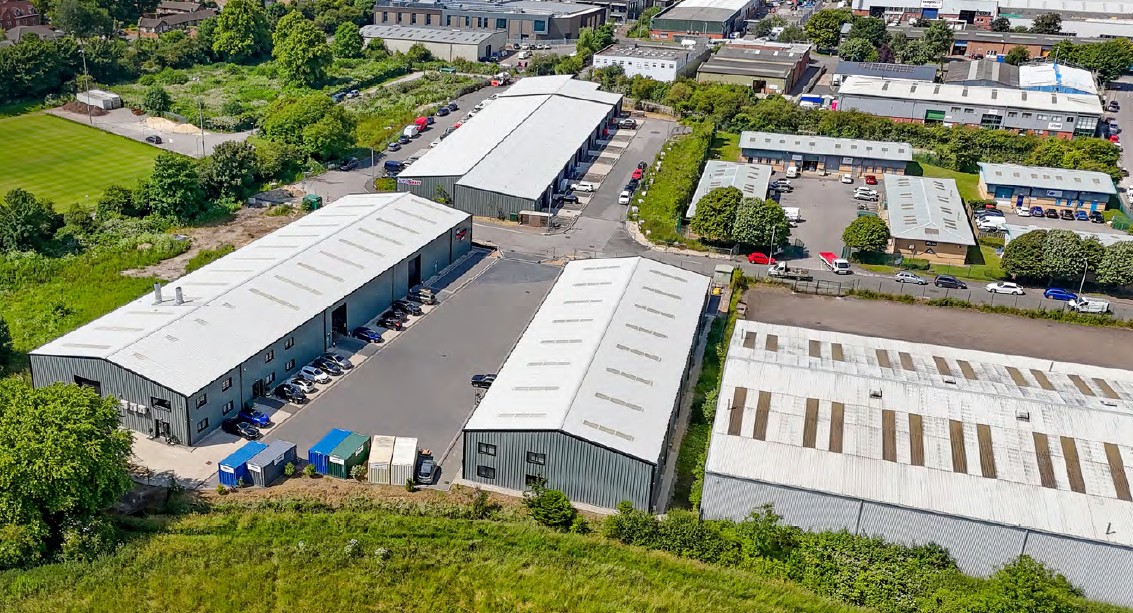Why logistics firms are piling into bigger warehouses
Demand for scale rises amid a push for resilient supply chains
Since the global pandemic sent supply chains into a tailspin, delivery delays have affected everything from toilet paper to bicycle parts.
Wary of continued disruption, logistics and manufacturing businesses are hunting for larger warehouses, where bigger inventories can provide greater resilience during difficult times.
Globally, business demand for larger warehouses is expected to be significantly higher over the next three years, according to JLL’s Future of Global Logistics Real Estate survey, particularly for warehouses between 10,000 to 50,000 square metres.
The average size of warehouses leased in Sydney over the past year has increased 29 percent, according to JLL.
“Logistics operators don’t want a repeat of the chaos they found themselves at the beginning of the pandemic,” says Peter Fay, head of industrial and logistics valuations in Australia for JLL.
Though demand for more space has prevailed over the past decade, COVID-19 emphasised the need to transform supply chain models. The pandemic has reversed the trend of streamlining inventories, adopting a ‘just-in-case’, rather than the traditional ‘just-in-time’ delivery method.
Looking for more insights? Never miss an update.
The latest news, insights and opportunities from global commercial real estate markets straight to your inbox.
“The past 18 months has exposed the risks of long, interconnected supply chains and the need to shorten them by bringing goods closer to their end destination,” Fay says.
Getting goods in order
Warehouse capacity constraints meant many retailers globally were unable to capitalise on the surge in online sales at the peak of the pandemic. In response, British supermarket Ocado has since decided to expand its warehouse space by 40 percent. It is just one of many retailers to announce such plans.
“In the 1990s the supermarket chains were the only occupiers for warehouses in excess of 30,000 sqm, with demand shallow behind them,” Fay says. “Now 40,000 to 60,000 sqm requirements are the norm as compound population growth has fuelled consumption, importation has replaced local manufacturing, and the global pandemic has accelerated consumer behaviour to e-commerce. Even then major occupiers’ existing accommodation is not meeting demand.”
In Australia, which doesn’t have the scale or land availability of major economies such as the U.S., the current and anticipated demand for big box warehouses (50,000 to 100,000 square meters) is a first-time phenomenon. New warehouses are typically built up to 50,000 square meters.
Investment Opportunities
Big box and mega box (100,000 sqm and over) warehouses are becoming crucial role to the supply chain response, Fay adds. Often, they are complemented with smaller suburban delivery stations, a model referred to as ‘hub and spoke’.
This is particularly prevalent in Australia because of its sparse yet high-density population hubs, reinforcing the occupier demand for increased footprint in the shape of big boxes, in a centralised location within the supply chain.
These occupiers are predominantly in the retail trade, or transport, postal, and warehousing sectors.
Australian logistics company McPhee Distribution Service’s leasing of a 72,000 sqm Dexus warehouse in Kemps Creek, Sydney, this year is a case in point. Another example is Netherlands-headquartered online furniture retailer VidaXL taking 70,000 sqm at Frasers Property Industrial’s Canvas West Estate, also in Melbourne this year.
“Supply chain resilience is priority number one for companies,” Fay says. “It’s that part of your business where the off-switch just doesn’t apply.”
Contact Peter Fay
Head of industrial and logistics valuations in Australia for JLLWhat’s your investment ambition?
Uncover opportunities and capital sources all over the world and discover how we can help you achieve your investment goals.




